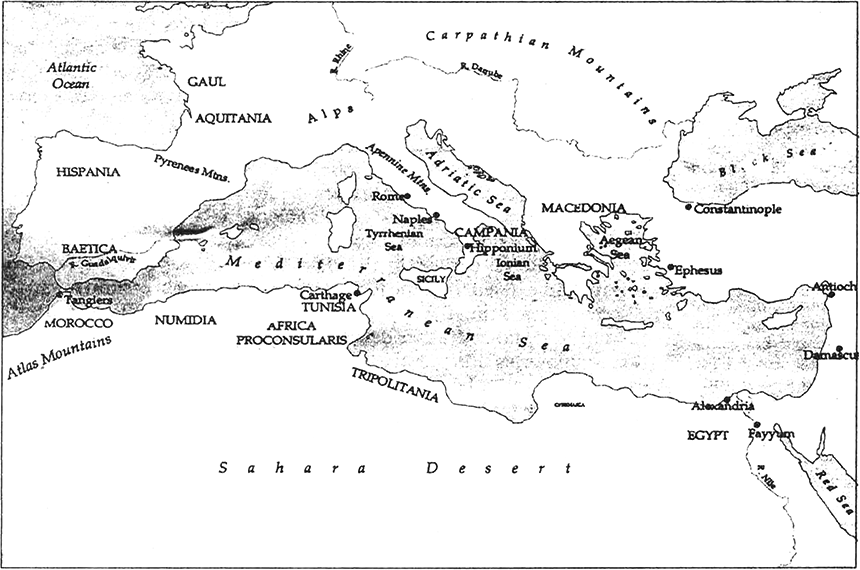What was Principate? Describe your understanding of Republic in the early empire.
The Republic was the name for a regime in which the reality of power lay with the Senate, a body dominated by a small group of wealthy families who formed the ‘nobility’. In practice, the Republic represented the government of the nobility, exercised through the body called the Senate. The Republic lasted from 509 BC to 27 BC, when it was overthrown by Octavian, the adopted son and heir of Julius Caesar, who later changed his name to Augustus. Membership of the Senate was for life, and wealth and office-holding counted for more.






